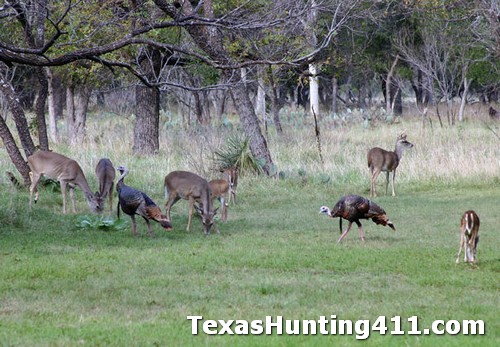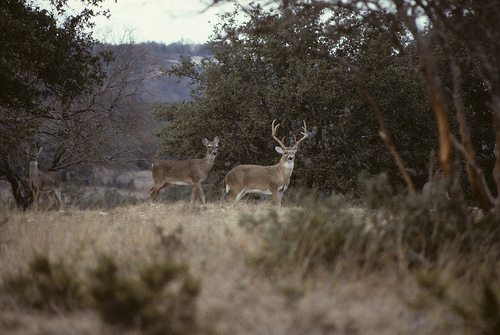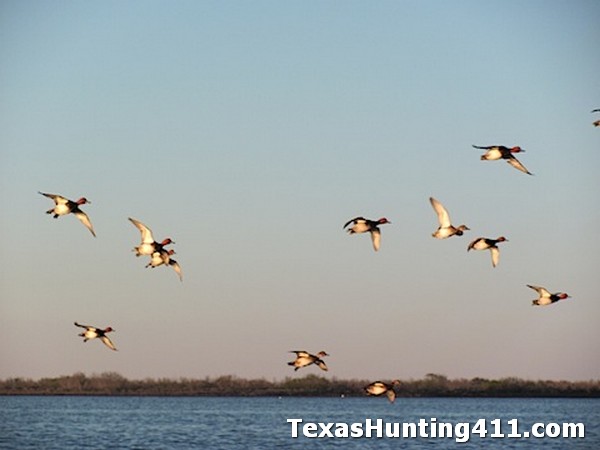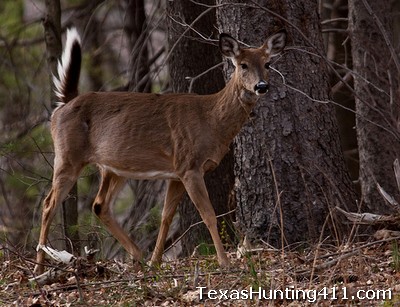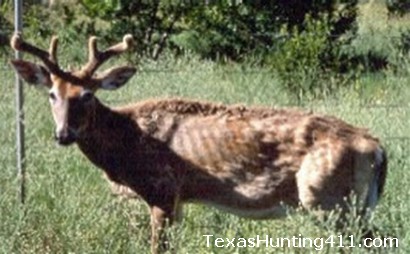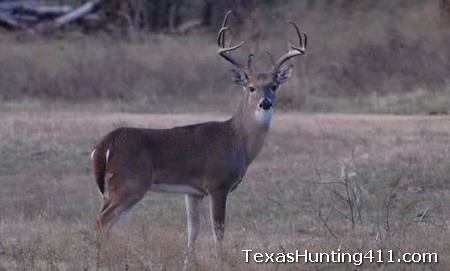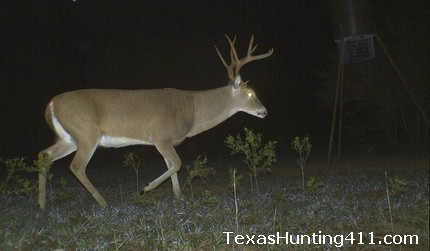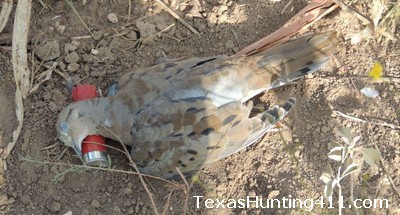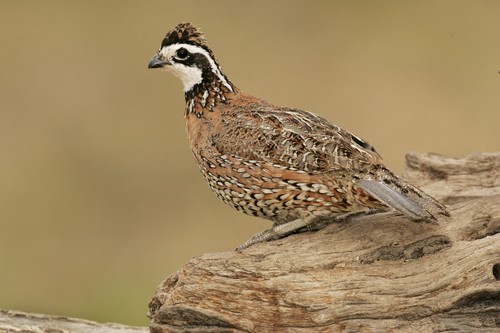The future of turkey populations and hunting lies in habitat management, protecting plant communities important for wild turkey. This holds true for all wildlife species. No one funds more habitat management, which benefits both game and non-game, than hunters. For this reason alone, our hunting heritage is important.
The National Wild Turkey Federation (NWTF) recently donated $10,000 to Texans United for Hunting and Fishing Rights to help raise awareness about Proposition 6 on the upcoming Texas Constitutional Amendment Ballot, because the NWTF firmly believes in the citizens’ rights to hunt and fish.
Proposition 6 proposes an amendment to the Texas constitution that establishes an individual right to hunt, fish and harvest wildlife in the Lone Star State. Its passing would ensure wildlife conservation and management decisions continue to be based on sound science in order to protect against future attacks from well-funded, anti-hunting organizations and preserve Texas’ hunting heritage for generations to come.
“The NWTF supports this proposition as it is a natural fit with goals outlined in our Save the Habitat. Save the Hunt. initiative,” said NWTF biologist Gene T. Miller. “Sportsmen pay for fish and wildlife conservation efforts in Texas. By helping to pass Proposition 6, we can secure the rights of hunters and fishermen throughout the state and help guarantee the stream of conservation funding will continue.”
Proposition 6 received overwhelming bi-partisan support in the legislature and is supported by a growing coalition of 60 outdoor organizations representing more than 3 million hunters, anglers, landowners and conservationists.
Eighteen states currently guarantee the right to hunt and fish in their state constitutions. Residents voted for and passed the initiatives in 17 of those states. For more information on Proposition 6, please visit Texas United for Hunting and Fishing Rights.
About Save the Habitat. Save the Hunt.
The National Wild Turkey Federation Save the Habitat. Save the Hunt. initiative is a charge that mobilizes science, fundraising and devoted volunteers to give the NWTF more energy and purpose than ever. Through this national initiative, NWTF has committed to raising $1.2 billion to conserve or enhance more than 4 million acres of essential upland wildlife habitat, create at least 1.5 million hunters and open access to 500,000 acres for hunting, shooting and outdoor enjoyment. Without hunters, there will be no wildlife or habitat. The NWTF is determined to Save the Habitat. Save the Hunt.
About Texas United for Hunting and Fishing Rights
Is a specific purpose political action committee dedicated to protecting Texans’ rights to hunt and fish through the passage of Proposition 6 on the November 3, 2015, Constitutional Amendment Ballot. For more information, contact Peter Muller at (803) 637-7698.
